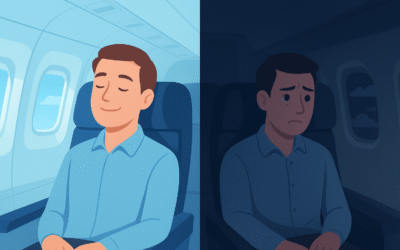Human behavior is often driven by two powerful forces: intrinsic motivation and social influence. Marketers can leverage these forces to create effective strategies that increase sales by understanding and catering to the underlying psychological triggers.
1. Intrinsic Motivation
Intrinsic motivation refers to the internal drive that compels individuals to engage in an activity for its own sake. This can include factors such as personal satisfaction, enjoyment, or a sense of achievement. Marketers can tap into intrinsic motivation through various strategies:
A. Gamification
Incorporating game-like elements into marketing strategies can enhance engagement. For example, fitness apps like MyFitnessPal use points, badges, and leaderboards to motivate users to track their health. This not only encourages habitual use of the app but also fosters a community of like-minded individuals.
B. Personalization
Tailoring experiences to meet individual preferences can enhance intrinsic motivation. Netflix does this effectively by using algorithms to recommend shows based on viewing history. By creating a personalized experience, Netflix keeps users engaged and encourages them to continue their subscriptions.
2. Social Copying
Social copying, or the tendency to mimic the behaviors of others, plays a crucial role in human decision-making. Marketers can leverage this phenomenon in several ways:
A. Social Proof
The concept of social proof suggests that people are more likely to engage in a behavior if they see others doing it. For instance, brands like Airbnb highlight user testimonials and the number of bookings to create a sense of trust. By showcasing how many people have used and enjoyed their service, Airbnb encourages new users to book listings.
B. Influencer Marketing
Influencers have a significant impact on consumer behavior. Collaborating with influencers can create a ripple effect, encouraging their followers to try products. For instance, fashion brands like Daniel Wellington effectively used micro-influencers to showcase their watches on social media, leading to increased brand visibility and sales.
3. Combining Forces: Creating a Compelling Narrative
Marketers can effectively blend intrinsic motivation and social copying by crafting compelling narratives that resonate with consumers.
A. Storytelling
Effective storytelling can evoke emotional responses, encouraging consumers to connect with a brand on a deeper level. Brands like Coca-Cola have successfully used storytelling in campaigns that celebrate shared experiences, such as their “Share a Coke” campaign. By personalizing bottles with names, Coca-Cola created a social sharing phenomenon, motivating people to purchase and share their drinks.
B. Community Building
Creating a sense of community around a brand can enhance social copying. Brands like Lululemon foster a lifestyle around their products, promoting not just athletic wear but also yoga classes and wellness events. This community approach encourages individuals to join in, thereby boosting brand loyalty and sales.
Two forces drive human behaviour habits and social copying. I Dr.Martin Mawo believe that, understanding the psychological drivers behind human behavior and social copying allows marketers to craft strategies that resonate with consumers. By leveraging intrinsic motivation through gamification, personalization and harnessing social influence through social proof and influencer marketing, brands can create compelling marketing campaigns that not only drive sales but also foster lasting relationships with customers.




